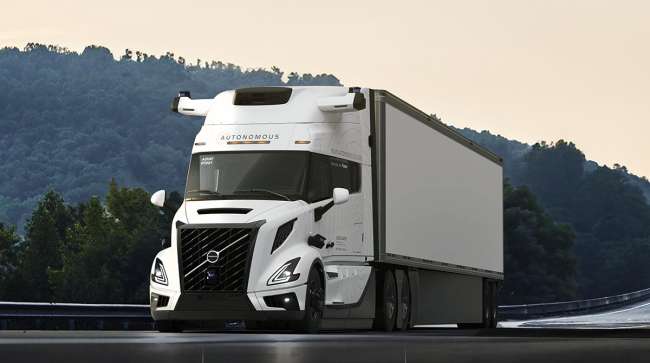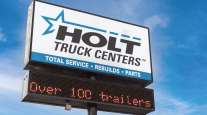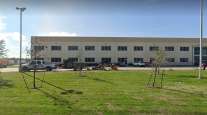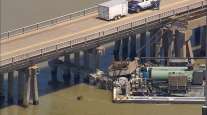Pittsburgh Post-Gazette
Aurora’s Driverless Trucks Prep for April Milestone

[Stay on top of transportation news: Get TTNews in your inbox.]
As Aurora Innovation’s trucks practice their well-worn route from Dallas to Houston, all manner of highway headaches befall the computerized driver.
Human drivers run red lights; pedestrians jaywalk, sometimes at night and in the rain. Encountering and overcoming each of these scenarios has given the Pittsburgh-based autonomy leader confidence that they’re nearly ready to deploy.
Come April, Aurora plans to pull the backup human driver from behind the wheel of one of its trucks, signifying commercial deployment.
“It will be an important moment and kind of a watershed moment in terms of delivering this technology,” CEO Chris Urmson told investors Feb. 12.

Urmson
He highlighted partnerships announced in January with Nvidia and Continental that will help scale truck production in the years to come, and drew attention to a few fresh incidents on the road that illustrate the truck’s safety and adaptability.
In one case, the truck orchestrated what Urmson called a “highly complex traffic crossover” in the midst of a construction zone.
In another, the truck encountered a funeral procession with a police motorcycle directing traffic. As it slowed down, the truck checked in with a remote human specialist, who quickly observed the situation and advised the truck to proceed.
“Adeptly handing scenarios like this helps reinforce our confidence that the Aurora Driver will behave appropriately even in the rarest surface street scenarios,” Urmson said.
That remote assistance will continue once Aurora goes commercial without the backup driver, with an initial goal of one human monitoring 10 trucks.
Three leaders, one vision. Aurora, Continental, and NVIDIA unite to unlock a future of scalable autonomous freight. Read more here: https://t.co/FIUYqkdCxK pic.twitter.com/SO0Mou4ycC — Aurora (@aurora_inno) January 7, 2025
The company is more concerned with costly on-site interventions, which are currently needed in about one in five trips. Aurora hopes to make that one in 10 trips by April.
“Any time somebody has to go touch a truck on the road somewhere that’s expensive,” Urmson said, while acknowledging that there are some instances — like a flat tire — that will always require a human on site.
Aurora is currently grappling with the government over another provision that currently requires humans: warning triangles.
The Federal Motor Carrier Safety Administration in December denied Aurora’s request for an exemption to the law requiring truck drivers to place orange triangles on the ground when they pull over. The regulator said Aurora’s proposed alternative, cab-mounted lights, was insufficient.
Want more news? Listen to today's daily briefing above or go here for more info
Aurora sued to overturn the decision but has also said it has a solution to comply with regulations in the short term. Like other autonomous vehicle companies, Aurora is hoping for a more favorable regulatory landscape across the board under the Trump administration.
New Transportation Secretary Sean Duffy called for a “wide runway for these companies” in his confirmation hearing while framing autonomy as a key area of competition with China.
Urmson said Feb. 12 that the “enthusiasm for innovation, safety and a nationwide framework for self-driving vehicles could further support this favorable regulatory environment.”
Distributed by Tribune Content Agency, LLC




